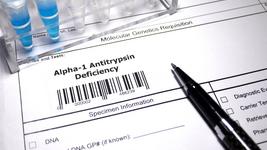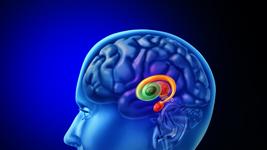Neurons repair CRISPR damage with unique timing
The American study characterises how human postmitotic neurons repair CRISPR-Cas9-induced DNA double-strand breaks (DSBs), using iPSC-derived neurons as a model. Unlike their isogenic dividing counterparts, these neurons exhibit markedly different repair kinetics and pathway usage.
Indel accumulation after Cas9 editing continues for up to two weeks, a timeline considerably extended compared to iPSCs. Analysis reveals neurons favour non-homologous end joining (NHEJ) over microhomology-mediated end joining (MMEJ), resulting in a narrower range of smaller indels. The extended editing window is partly attributed to long-lived Cas9 protein, which remains active for over 30 days, enabling multiple cycles of cutting and repair.
Transcriptomic profiling shows that neurons mount a unique gene expression response to CRISPR-induced damage, upregulating DNA repair and replication-associated genes, including non-canonical activation of RRM2, a ribonucleotide reductase subunit. Pharmacological or siRNA-mediated inhibition of RRM2 and associated repair factors shifts editing outcomes by increasing deletions and overall indel efficiency.
The researchers also developed all-in-one lipid nanoparticles that deliver Cas9, sgRNA, and siRNAs concurrently, enabling RNA-level modulation of DNA repair and tuning of editing outcomes in both neurons and cardiomyocytes. These findings underscore the importance of understanding cell-type-specific repair mechanisms to guide genome editing strategies in nondividing human cells.
The study was led by Gokul Ramadoss and Bruce Conklin at the Gladstone Institutes, San Francisco. It was published in Nature Communications today 17 November 2025.
To get more CRISPR Medicine News delivered to your inbox, sign up to the free weekly CMN Newsletter here.
Tags
CLINICAL TRIALS
Sponsors:
Base Therapeutics (Shanghai) Co., Ltd.
Sponsors:
Base Therapeutics (Shanghai) Co., Ltd.







